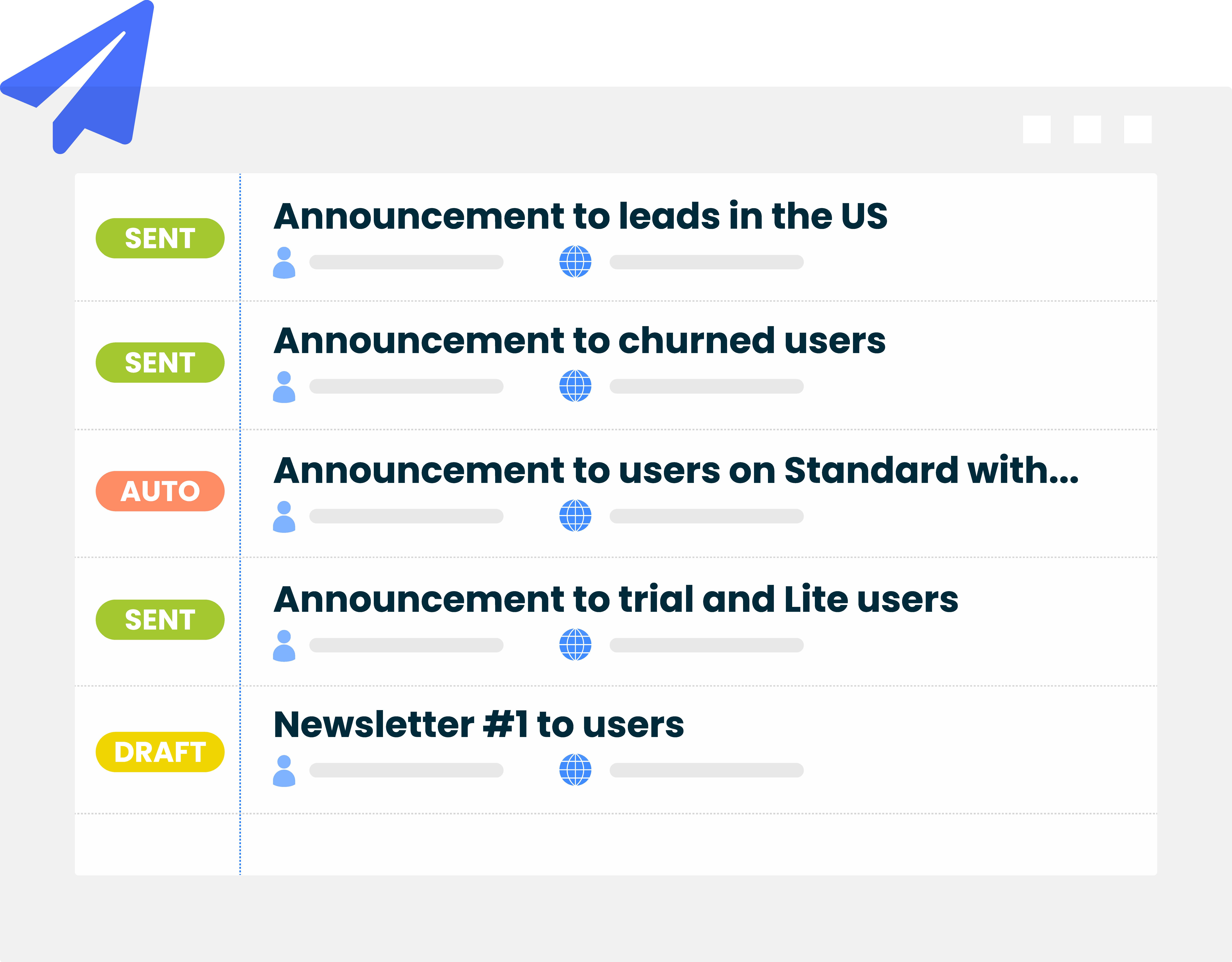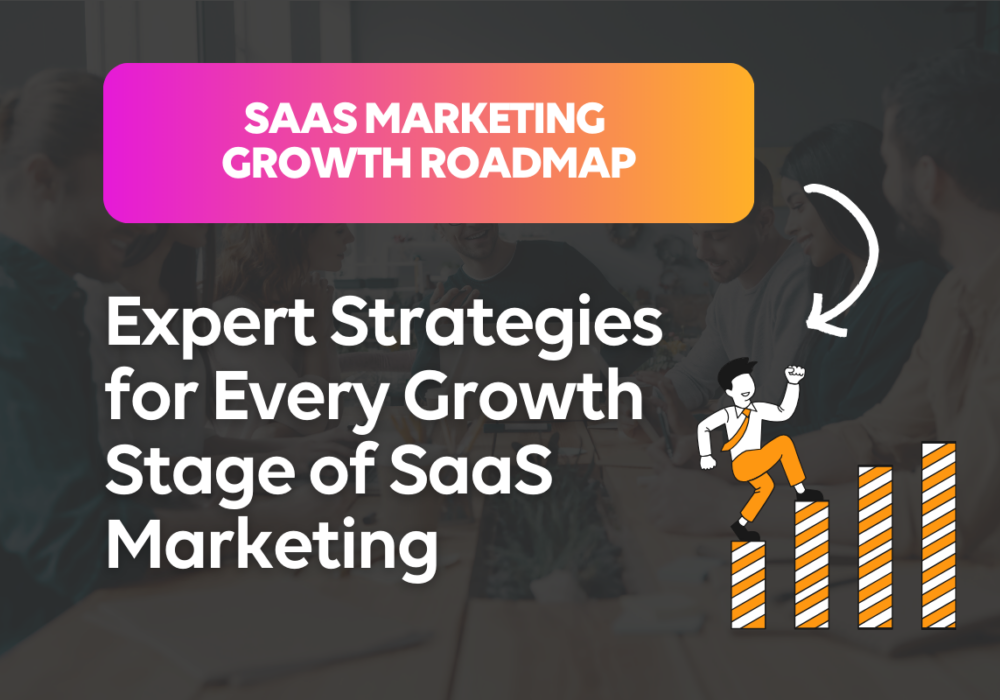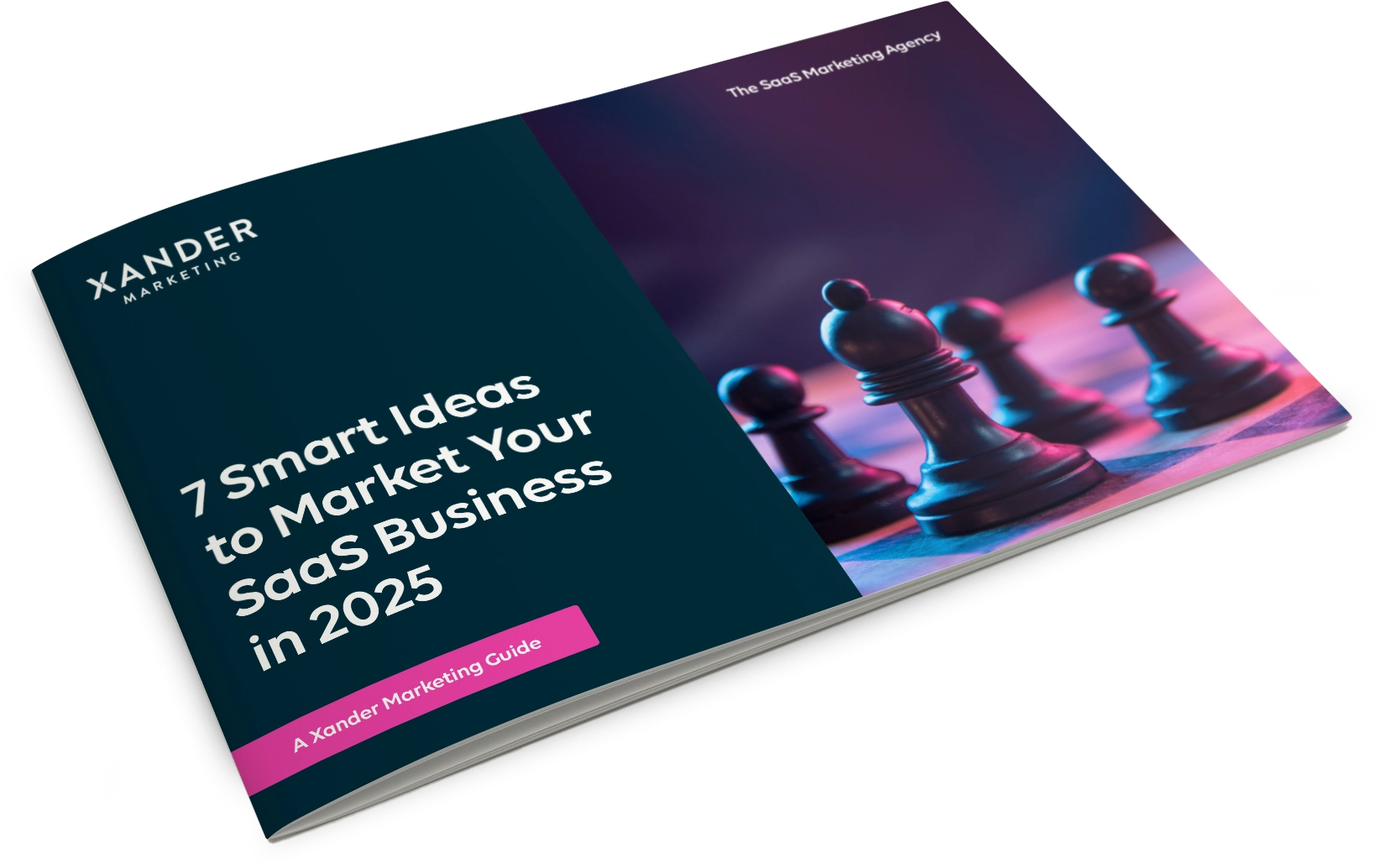8 Ways to Up Your SaaS Outbound Email Game
24th June 2022

The world of SaaS marketing is ever-changing, full of new trends and platforms to help you get your product in front of the right audience. It can be challenging to know where to focus your marketing efforts, but fear not: email remains a key and consistent basis for B2B marketing campaigns.
In fact, according to a 2020 survey 4 out of 5 marketers say they’d rather give up social media than email marketing. Outbound email is still on top when it comes to SaaS marketing, allowing brands to establish relationships, gauge interest in products and services, and build awareness of how these products and services can impact potential customers.
However, when outbound prospecting email is done poorly, it can end up straight in the spam folder or remain unread. “Cold Email” campaigns have a stigma attached for a reason. Sales-focussed language and poorly-gauged pitches can be immediately off-putting.
The key is to make outbound email work harder for your brand, with simple, friendly, and to-the-point messaging that grabs attention and convinces potential customers to click that call-to-action.
Read on for our guide to outbound email best practice, and the art of creating a cold outbound email campaign that turns heads and achieves business goals.
1. Create compelling copy
B2B lead generation email needs to achieve three things: offer valuable information, establish a trusting relationship, and position you as a thought leader. That’s a lot to achieve in one email, especially when the recommended length is just 50-125 words!
The best outbound emails are short and specific. Crafting concise, credible email copy is key to gaining and gauging interest in your SaaS product. Your language needs to be strong, action-led, and persuasive without becoming long-winded.
The best way to achieve this is to build your copy around a call to action. This gives you a clear understanding of your email’s goal from the beginning and ensures that the rest of your text guides readers toward that endpoint.
2. Offer added value
Your call to action should offer value of its own, steering away from obtrusive sales-heavy messaging and starting business relationships off on the right foot.
Consider offering a whitepaper, an ebook, or a link to a how-to video. This will make the right readers more likely to click through for more information, and let you know that they are open to finding out more about your product.
The reciprocity principle states that by giving potential customers something for free, you can make them more receptive to giving you something in return – for example, signing up to a mailing list or requesting a callback.
Either way, make sure your subject line clearly states what added value the email offers. By responding to pain points and offering solutions within a concise subject line, you can make first impressions count and convince potential customers that your email is worth reading.
3. Keep it simple and friendly
It’s important to gain credibility through a consistent visual identity – but many brands get hung up on creating colourful HTML templates that end up coming across as cold and impersonal.
If an email looks too much like a slick advert sent to a large mailing list, it could be deleted or left unread. Not to mention the fact that spam filters often see HTML only emails as red flags!
Settle for a simpler template with the feel of a casual email from a colleague or connection. Back this up with a friendly opener such as a simple “Hi John,” and sign off with “Kind regards” or “Regards”. This maintains a sense of professionalism while laying foundations for an ongoing business relationship.
While a plain text email is most likely to be effective, don’t forget to include your business name, web address, and contact details in the signature or footer of your email. Consider adding a logo to your signature for an unobtrusive touch of brand identity.
4. Add a personal touch
In 2022, 55% of marketers will make personalization a top priority for their marketing emails. B2B buyers are coming to expect personal touches to their brand interactions, so you need to let your copy set a tone for the business relationship you hope to begin.
Build an immediate rapport by referencing the recipient’s name, company, and where you got their contact from. If readers are unfamiliar with your name and brand, it will be reassuring for them to understand how you are connected.
Go on to mention some of the problems they’re likely to face in their position, sector, or industry. This demonstrates thought leadership as well as an awareness of the issues they are likely to be seeking solutions for. You want potential customers to know that you’ve done your research and that they are part of your target audience for a reason.
5. Nail your scheduling
Once you’ve drafted and double-checked the content of your SaaS outbound email, the next question is when to send it. Hitting send at the optimum time can be the difference between an unopened email and a converted customer, so it pays to do your research.
A study by Mailchimp showed that Tuesdays and Thursdays were marginally preferred days to receive business emails and that 10 AM was the optimal send time. Avoid sending outreach emails on weekends or Fridays, as these are likely to be buried under a pile of other emails, increasing the chance they will be mistaken for advertising spam.
Follow-up emails can be an effective aspect of an email outreach strategy, with reports suggesting that one follow-up email can increase reply rates by 22%. However, following up too soon will seem pushy and off-putting. Give your contacts at least three days to respond before sending another email.
6. Curate your mailing list
A tight SaaS email marketing strategy takes a lot of admin, especially when it comes to maintaining an engaged mailing list. Many marketers believe that the larger the mailing list the better, but this is untrue, with larger and less-engaged mailing lists skewing analytics when it comes to open rates and response rates.
The most obvious way to combat this is to allow and encourage opt-outs. Not only is this good practice, but it’s also a matter of data law compliance. Whether you add an unsubscribe link at the bottom of your email or make it explicit in your copy, you want recipients to know that they’re not stuck on your mailing list if your product is of no interest to their business.
You may also benefit from manually pruning your least engaged recipients from your mailing list to gain a better and more accurate picture of your open rate. If you’ve sent an outreach email and two follow-ups to a particular address and none of them have been opened, you can safely assume that the recipient is not part of your target audience.
This work needs regular reviews, but it’s worth it to ensure that your subsequent emails are sent to the people most likely to benefit from them, and most likely to become promising leads.
7. A/B test it
One way to be sure that your outbound SaaS emails are optimised is to A/B test them. While this method of testing is most commonly used for newsletters and sales campaign emails, it can also lend useful insight to your outreach email content.
Simply segment your existing outbound mailing list into two parts, and send two different versions of your email. Based on which leads to the best open rate, engagement, and responses, you can craft subsequent outreach emails with data-driven intent.
It’s best to test for one variation at a time rather than pitting two entirely different emails against one another. For example, use A/B testing to see how two different subject lines perform compared to one another or find out the optimum text for your call to action link.
You can even A/B test your audience by sending the same email to two different audience segments, and seeing which produces better figures. This can help you gain a greater understanding of your target audience and formulate your outbound sales email strategy going forward.
8. Track and fine-tune
A/B testing isn’t the only way to stay on top of your B2B email success. Use a tool like Google Analytics or HubSpot to keep an eye on KPIs such as open rates, clicks, and conversions across your different outbound email campaigns.
Reuse or replicate your highest-performing email copy, and let go of anything that’s not working. Don’t forget to add a personal touch to any email copy you’re reusing!
Creating high-performing outbound emails isn’t a static art – as business needs and customer expectations change, so should your copy and campaigns. However, with an archive of data at your back, you’ll be able to pre-empt trends and deliver effective campaigns going forward.
Up your email game with Xander Marketing
Outbound email can be a daunting prospect, but it’s important not to think of it as the online equivalent of cold calling. Remember, this email could be the beginning of a beautiful B2B relationship. Keep it simple, value-driven, and customer-centric, and get ready to see the results.
Xander Marketing is the outsourced partner of choice for email marketing for SaaS companies. With a track record for consistently outperforming average industry open and click-through rates, we can take your outbound email campaigns to the next level.
Are you ready to bring in more and better leads with your emails? Book your free 30-minute consultation today.





